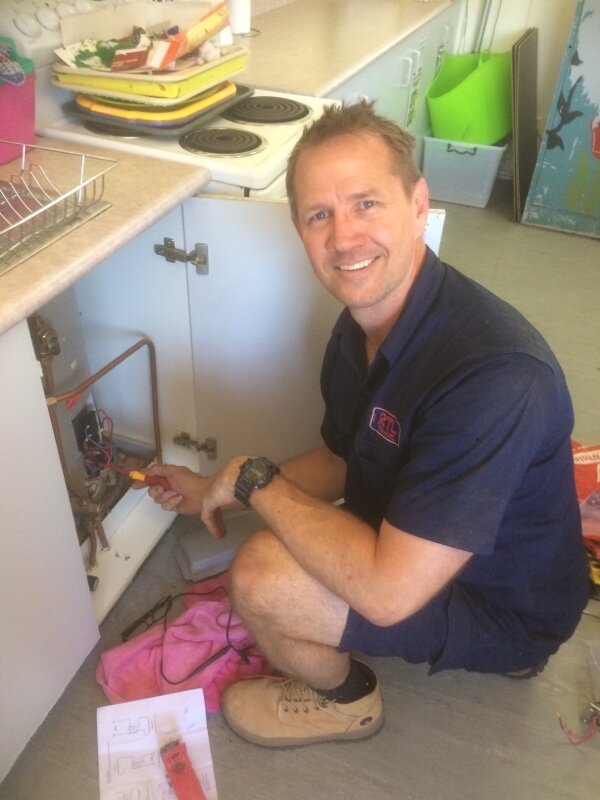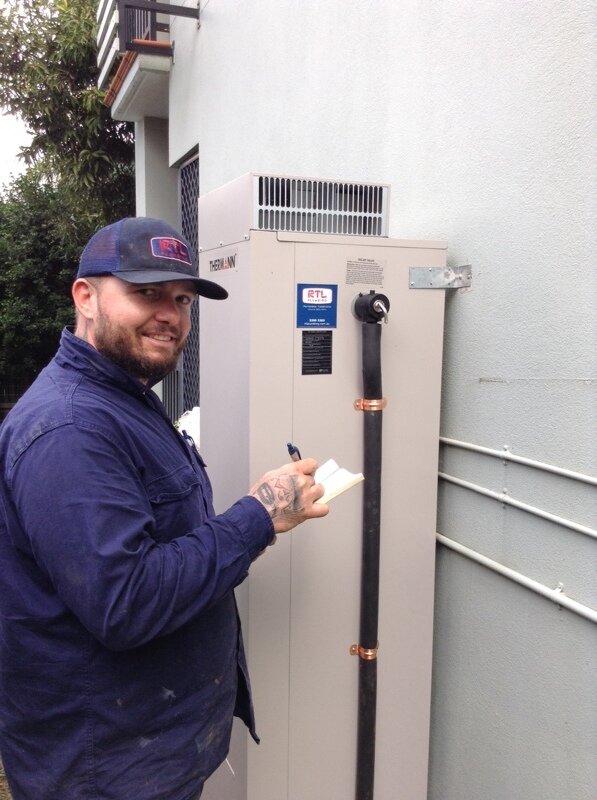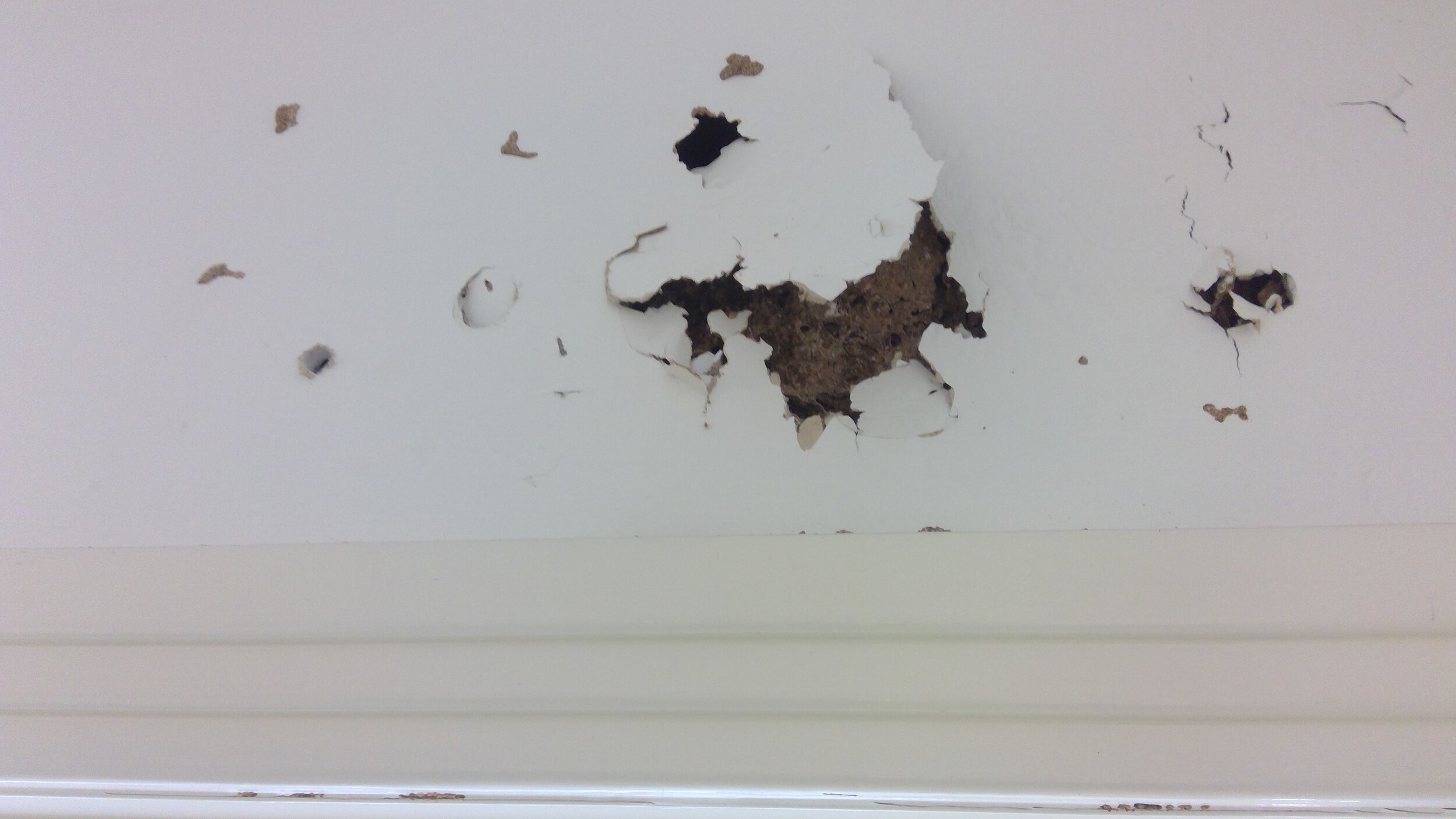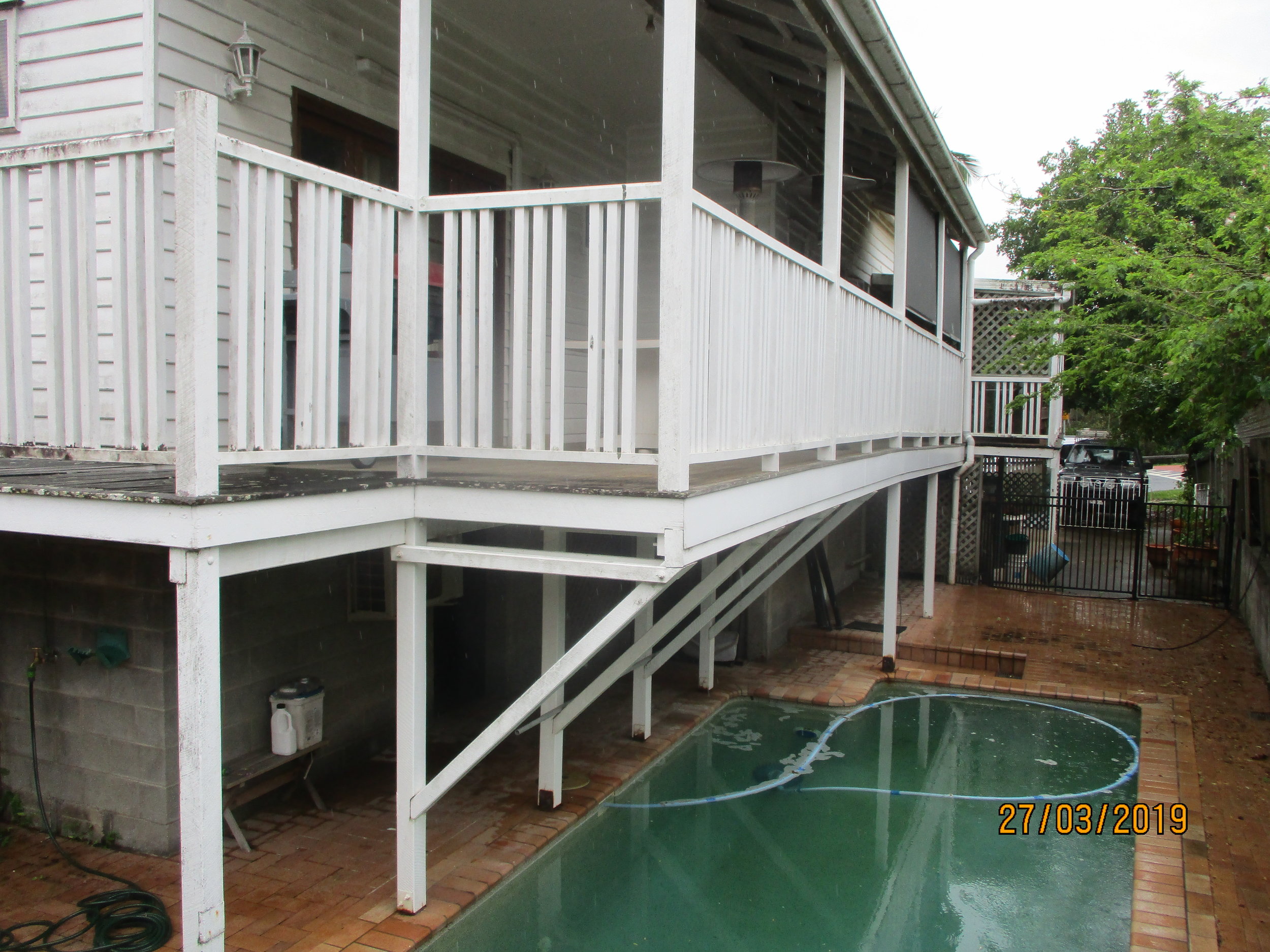Are you considering selling your property? If that’s the case, one of the most important things to you during this process is probably to try and get the most money for your home. And we don’t blame you!
Yet, buyers are incredibly observant. After all, purchasing a home is a major financial decision, and most buyers are getting ready to fulfill their lifelong dream when doing so. As a result, you’ll need to ensure your property is up to their standards if you want to maximise your gains. Not sure where to start?
Read on as we highlight a few things not to do when selling. Note that these tips are simple but powerful ways to increase the odds of selling your home at a great price.
Setting your Price too High
Overpricing a house is tempting. You might have great memories in this house or have invested time and money into fixing it up and feel like it’s worth more than what you’re being told. Yet, you need to keep in mind that buyers are usually well-informed. Most generally do their research and would have a good idea of what your property is worth. As a result, setting your price too high can reduce buyers’ interests and, therefore, your chances to make a quick and smooth sale.
Neglecting Needed Repairs
There are tremendous benefits in having a Pre-Sale Building and Pest Inspection performed before putting your property on the market. This will allow you to fix small issues and be more confident during the negotiation process. Many buyers carry out a Pre-Purchase Building Inspection, meaning they will be aware of any issues that need to be fixed. And a well-maintained, ready-to-move-in property will always be more appealing to buyers than a home that needs repairs done, thus increasing your chances of selling your home for the right price.
Not Preparing your Property for Sale
Planning your sale weeks and even months in advance is the best way to get the most money out of it. Therefore, we’ve listed below a few things you should always do before putting your property on the market:
Ensuring the house is decluttered.
Patch and paint the walls (make sure you remove any overpowering colours on your walls and replace them with neutral colours).
Upgrade your door handles.
Carry out a heavy-duty clean.
Steam clean the carpets (or replace them if needed).
Work on the outside, if applicable.
This will allow you to showcase your house in the best light possible and maximise your profit while minimising your time on the market.
Not Being Flexible
Selling your home might be a little inconvenient. Your listing agents might be calling you at odd hours to show your property at odd times. Yet, being flexible and not restrictive when it comes to showing times will increase your chances of quickly selling your property. If a buyer is ready to come and visit your property, you should always try and work around their availability for showings. Once again, this will allow you to minimise time on the market and maximise your profit, making it all worth it in the end.
Final Thoughts
While the tips we’ve listed above are things you should never do when selling your property, this list is far from exhaustive. Some other things to keep in mind when trying to sell your house or apartment include not marketing and advertising your home properly, choosing the wrong real estate agent, or performing renovations that won’t add value. As a piece of advice, try to keep an open mind, lean on your real estate agent’s experience, listen to their advice, and you’ll be on your way to the next chapter of your life in no time















